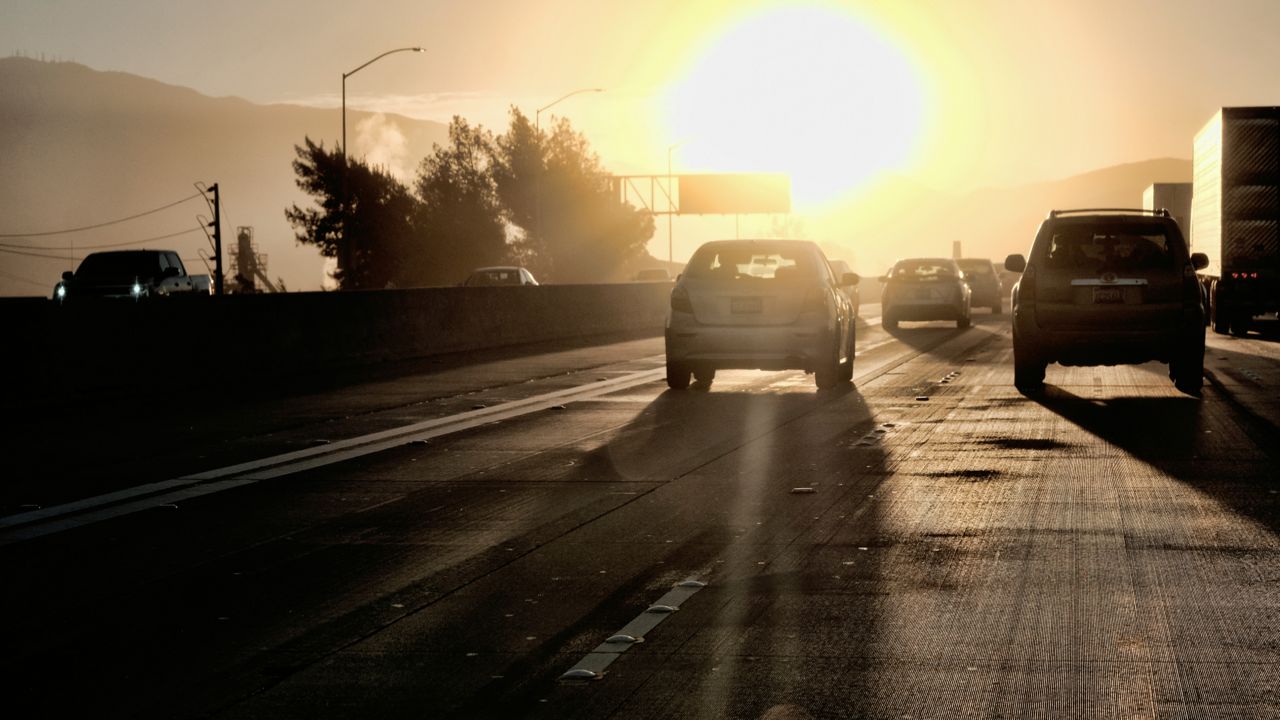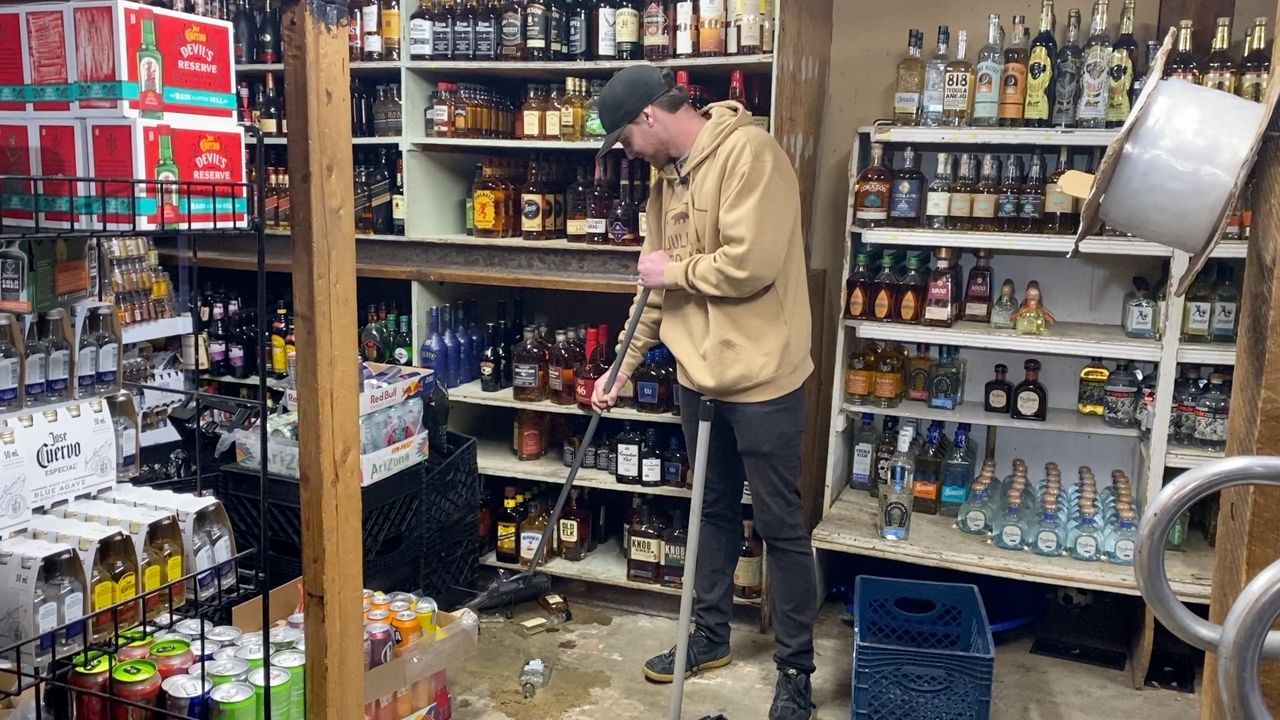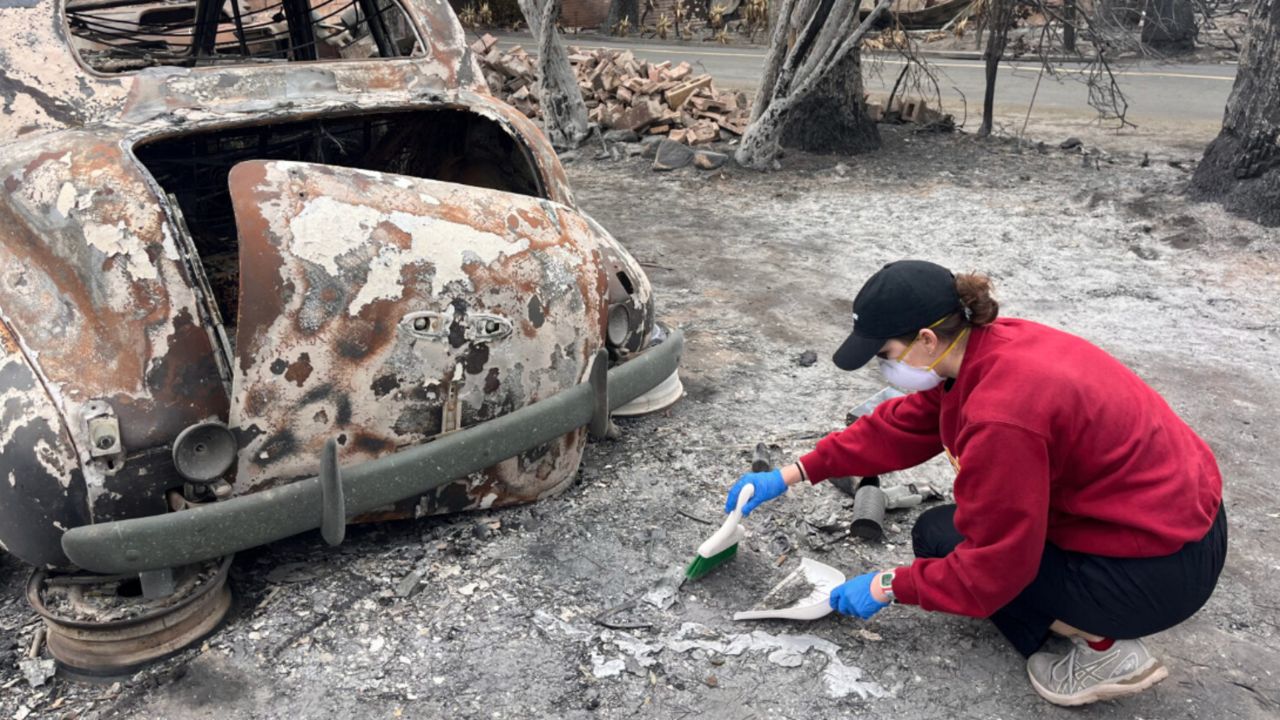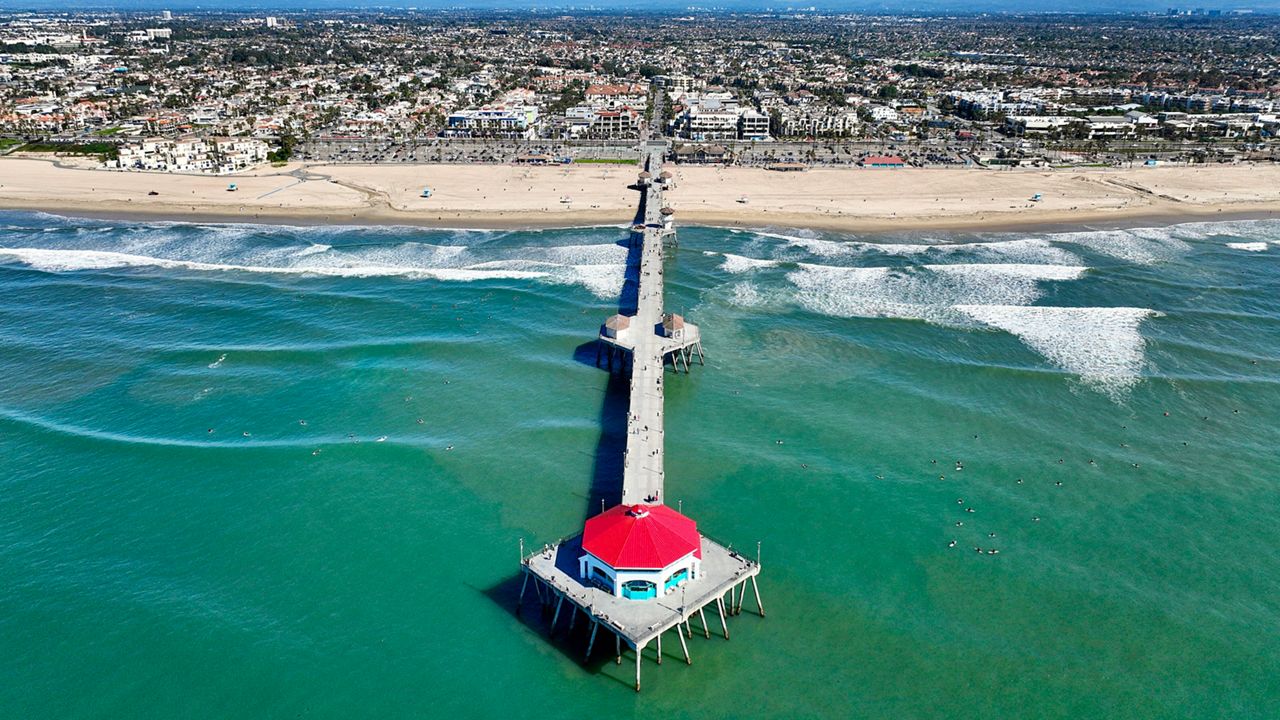LOS ANGELES — Three years ago, nearly 60% of Californians voted in favor of Proposition 7, with the hopes that — after decades of turning the clocks back and forward twice each year — they could do away with daylight saving time switches once and for all. No more setting the clock forward an hour on the second Sunday in March, and no more dropping back an hour on the first Sunday in November.
But now it’s 2021, and despite the results of the 2018 election, we’ve got another change to Pacific Standard Time looming on Nov. 7. What happened?
Well, there were a few complications, San Diego-area Assemblymember Lorena Gonzalez told Spectrum News 1.
For one, Proposition 7 itself didn’t do away with stopping the clock-swap — essentially, voters gave the Legislature the power to make the decision. But you can’t just get rid of the time switch: you have to figure out if you want to spring forward permanently, or fall back forever. And because of the federal Uniform Time Act of 1966, states can choose to opt out of daylight saving time, but cannot decide to permanently observe DST.
“To go to permanent daylight saving time, post-initiative, you have to get it through the Legislature with a 2/3 vote, and then petition Congress,” Gonzalez said. “If we want to eliminate daylight saving time, we just have to get it through the state.”
For definiton’s sake, Daylight Saving Time is the practice of rolling a clock forward by an hour during warmer months, so the sun effectively sets later in the day. The first modern use of DST in the United States ran for only seven months in 1918 and 1919; as an energy-saving measure, the U.S. turned to year-round DST (or “War Time”) during World War II; from 1945 to 1966, states were left to figure out if and when they would observe DST. In 1949, California voters approved DST by passing Proposition 12.
The idea is that, by realigning waking hours with daylight hours, people will use less energy to light their homes. But, as the California Senate’s Energy, Utilities and Communications Committee reported, federal studies have found that DST actually increases energy use in some regions of the country (as a result of heating and cooling energy use versus lighting use); and when the federal government extended DST by three weeks, the California Energy Commission found negligible energy savings.
In 2018, alongside then-Assemblymember Kansen Chu (a lead sponsor of Prop. 7), Gonzalez threw her support behind California Assembly Bill 7. The bill would have introduced permanent Daylight Saving Time in California, pending Congressional approval. The bill made it through the State Assembly before dying at the Senate’s Energy, Utilities and Communications Committee.
In an interview, Chu — who represented Northern California’s Assembly District 25 from 2014 to 2020, with plans to run again in 2022 — told Spectrum News 1 that some legislators were worried that permanent observation of DST would disrupt trade along the border; Baja California is the only Mexican state to follow the U.S. DST schedule; its nearest neighbor, Sonora, ignores DST entirely. (Chu said he had been advised that Mexican trade partners would simply follow the lead of California.)
Gonzalez suggested that it was just as simple as more people liking DST — that people enjoy watching their kids play later into the day without running into the dark, or that they enjoy the extra hour of daylight.
“However, if you listen to sleep experts and health experts, it’s not the preferable route,” Gonzalez said. “Spring is when we feel it: that’s when we see the increase in car accidents, the increase in heart attacks, what it does to kids going to school, and to all of us going to work.”
Dr. Sion Roy, a cardiologist at Harbor-UCLA Medical Center (and a 2022 candidate for the 50th Assembly District), was among the supporters of Prop. 7 in 2018. In an interview with Spectrum News 1, he noted that a handful of health risks jump in the days immediately following the spring swap to DST.
A 2014 study by the University of Michigan’s Frankel Cardiovascular Center observed a 24% increase in heart attacks on the first Monday after the spring change. A study presented at the American Academy of Neurology’s 2016 meeting found that the overall rate of stroke increased by 8% in the first two days after the change; risk for people with cancer and patients over age 65 were found to increase by at least 20%.
“The theoretical reason would be because of the changes in sleep habits affecting cardiovascular risks,” Roy said. “And there’s not evidence in terms of untoward health outcomes for children, but I know, anecdotally, that it’s a difficult transition for young children who have their own sleep issues already to create this sort of impact on young families.”
Bringing the bill back before the legislature would likely require a refined tack; Gonzalez thinks that she and allies would have to “keep reintroducing it and keep getting experts in to talk about it to see if we can make some agreement.”
There is a question, in Chu’s mind, that the tactic would depend on the desired time change. Prop 7, he noted, focused on ensuring permanent DST in California; whether it could be used to create permanent observation of Standard Time without another statewide vote would be up for legislative analysis, he said.
But Gonzalez believes that, regardless, Californians will need to make themselves heard by their representatives.
“It will take constituents reaching out to members on the issue,” Gonzalez said. “Let’s figure it out.”










